- Home
- entertainment
- Movies
- 17 box-office bombs that went on to become cult classics
17 box-office bombs that went on to become cult classics
"Donnie Darko" (2001)

"Heathers" (1988)
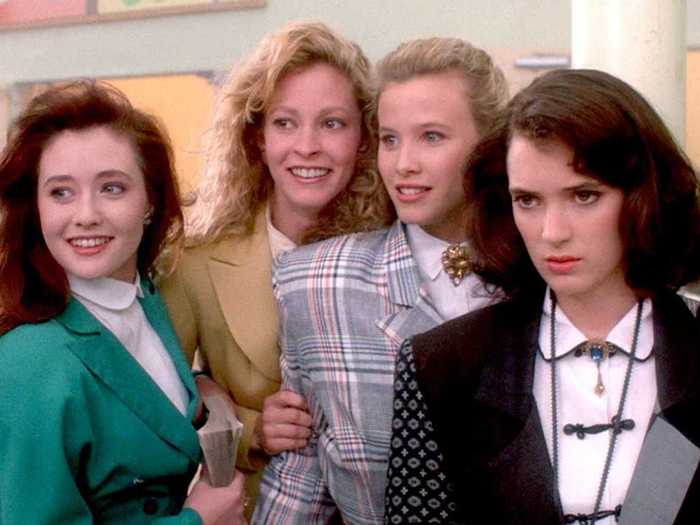
"Heathers," a film about two teens who attempt to murder the members of their high school's popular clique, was pretty provocative for its impressionable teenage audience.
With a budget of $3 million, it barely made half that at the box office.
But thanks to the rising stardom of its protagonist, Winona Ryder, and screenwriter Daniel Waters' brilliant one-liners ("Dear diary, my teen angst bulls--- has a body count"), "Heathers" is a classic today.
"Fight Club" (1999)
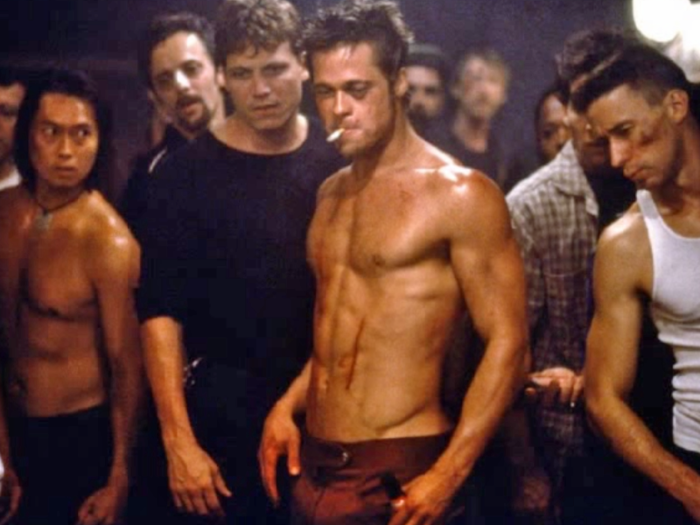
When "Fight Club" first hit theaters in 1999, it didn't just perform poorly — the film made just $37 million domestically — it also received very mixed reviews.
Entertainment Weekly gave it a "D," calling it a "dumb and brutal shock show." Rosie O'Donnell hated it so much that she went as far to ruin the film's twist ending on national television.
It wasn't until the DVD release that the film took off (it sold over 6 million copies) allowing a wider audience to catch the hidden details that made it a dark classic.
"Dazed and Confused" (1993)
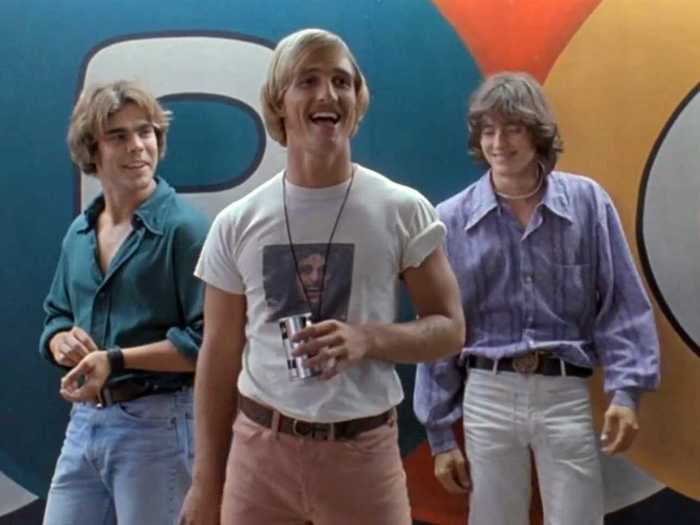
While "Dazed and Confused" boasts many current-day stars, like Matthew McConaughey, Ben Affleck, and Milla Jovovich, they weren't household names when the film premiered in 1993.
Universal Pictures and Gramercy Pictures weren't sure how to market the stoner coming-of-age flick to a general audience; the film made under $8 million at the box office — only a bit more than its estimated budget of $6.9 million — despite receiving mostly glowing reviews.
Audiences eventually caught on to the fun tale of teen shenanigans, and it's now regarded as a classic '90s film.
"Office Space" (1999)
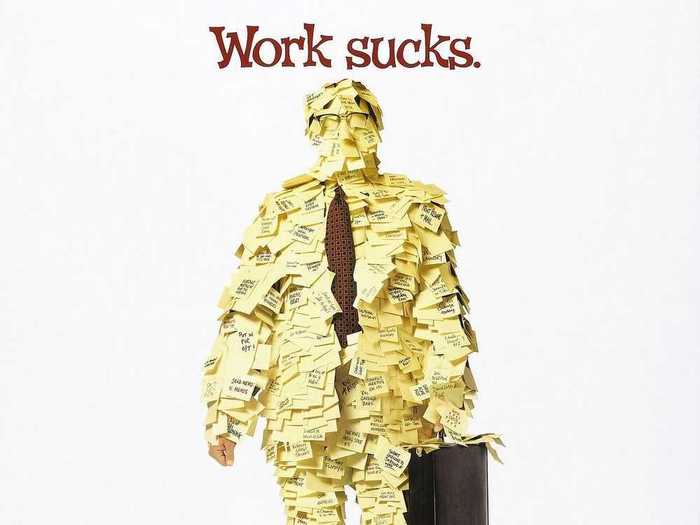
1999's "Office Space" may have understood office life, but it failed to understand the box office.
After weak reviews and a poor marketing campaign, the film made only $10.8 million in theaters.
Director Mike Judge chalked it up to the movie being a tough sell.
"'Office Space' isn't like 'American Pie,'" Judge told Entertainment Weekly. "It doesn't have the kind of jokes you put in a 15-second television spot of somebody getting hit on the head with a frying pan. It's sly. And let me tell you, sly is hard to sell."
The film eventually found its niche when the DVD became a top rental. It was later ranked fifth by EW in its list of the greatest comedies of the last 25 years.
"The Big Lebowski" (1998)
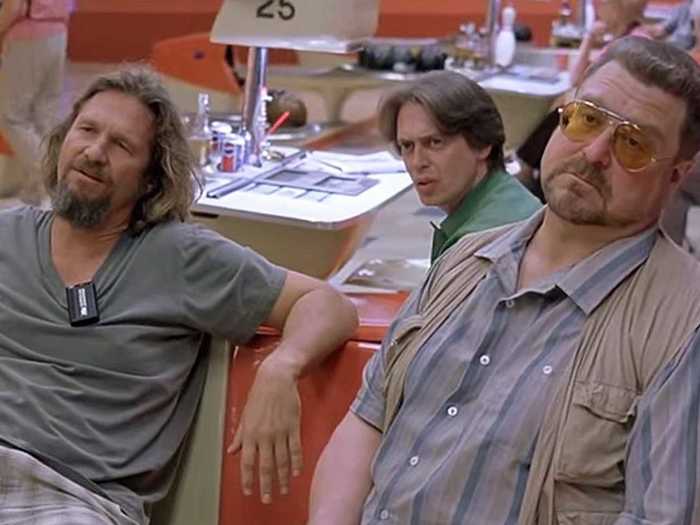
Not many box office bombs can say they've created both an annual fan festival and religion, but "The Big Lebowski" is not your average box office bomb.
Released in 1998 during the immensely successful premiere of "Titanic," the film starring Jeff Bridges debuted to $5.5 million opening weekend, though it cost $15 million to make.
The movie received mixed reviews, with Variety calling it "hollow and without resonance." Others, like Roger Ebert, found it "weirdly engaging" like the Dude himself.
The film eventually pulled in $17 million in theaters, but it wasn't until years later that fans used the internet and social media to re-evaluate the film and turn it into a cult sensation.
"Clue" (1985)
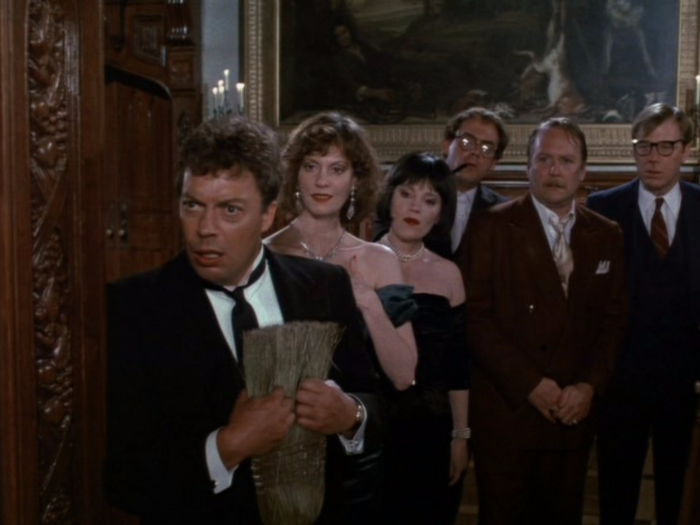
People initially weren't dying to see "Clue," a 1985 film based on the board game of the same name.
In keeping with the nature of the game, the theatrical release had three endings; and different theaters randomly played one of the three — something which may not have helped in the film's release. Of its estimated $15 million production budget, "Clue" only made $14.6 million in theaters.
The film didn't receive great reviews. Roger Ebert said fun was in short supply in "Clue." But within the last decade, it has endured as one of the greatest whodunits.
The film became a sort of staple on broadcast on cable television, where all three endings are shown sequentially. There are even midnight screenings of the film.
"The Shawshank Redemption" (1994)
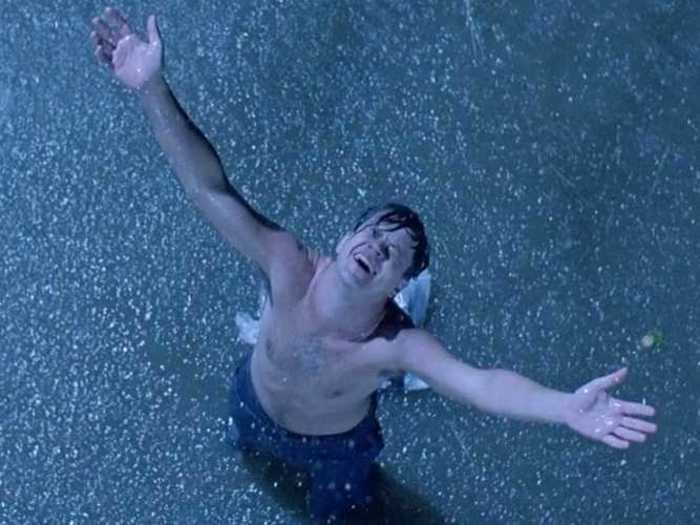
You may find it difficult to change the channel when you see "The Shawshank Redemption" airing on TV today; however, the film was nearly forgotten when it premiered.
Going up against other great 1994 films like "Forrest Gump" and "Pulp Fiction," "Shawshank" was lost in the box-office shuffle, bringing in only $25 million.
The film eventually found its audience in syndication. Today, it tops IMDb's greatest 250 films of all time and is one of the most valuable properties in Warner Bros' extensive library.
"Blade Runner" (1982)
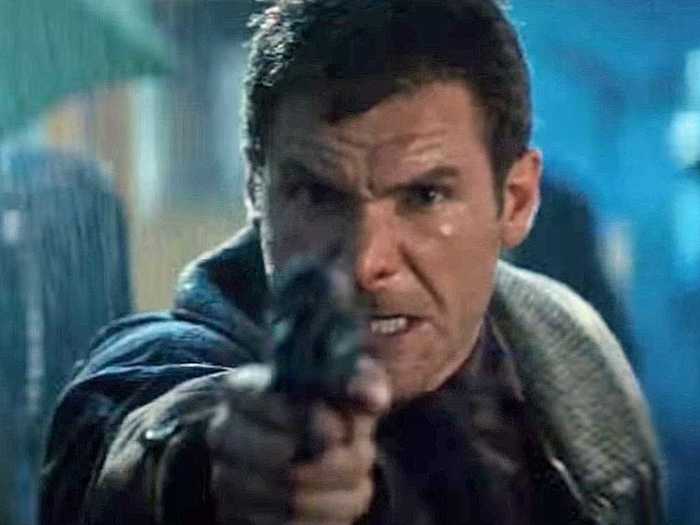
1982's "Blade Runner" had the misfortune of premiering the week after "E.T. the Extra-Terrestrial," which went on to be the highest-grossing movie of the year.
Production problems including Harrison Ford's forced explanatory voice-over hurt the film's initial box-office showing. The movie, which cost an estimated $28 million, made $32.9 million at theaters.
But "Blade Runner" withstood the test of time by re-releasing different versions of the film. Now, a sequel, with Ford himself, is in the works.
"The Room" (2003)
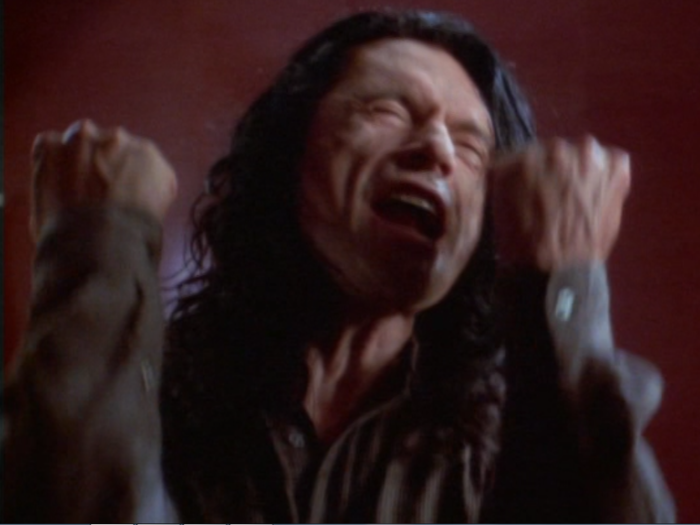
Perhaps one of the most awkward movies of all time, "The Room" did not capture audiences when it hit theaters.
Full of melodramatic lines and nonsensical scenes, the film follows Tommy Wiseau's character (who is also the film's director, writer, and producer) as he sorts through a love triangle between his girlfriend and best friend.
"The Room" played to mostly empty theaters for just two weeks, making only $1,900 of its estimated $6 million budget. It was then yanked from screens.
About a decade later, audiences grew to love its cringe-worthy script, and the film now has a devout cult following. Theaters regularly screen "The Room" nationwide.
"Willy Wonka & the Chocolate Factory" (1971)

"Willy Wonka & the Chocolate Factory" may be one of the most popular family films now, but when it came out in 1971, most families didn't go see it.
The film only made $4 million, and was such a misfire that Paramount let the film's rights expire.
Warner Bros. bought the rights for $500,000 and licensed the film to TV, which allowed a new audience to enjoy the film's zany brilliance. The studio later did a remake of the film starring Johnny Depp in 2005.
"Troll 2" (1990)
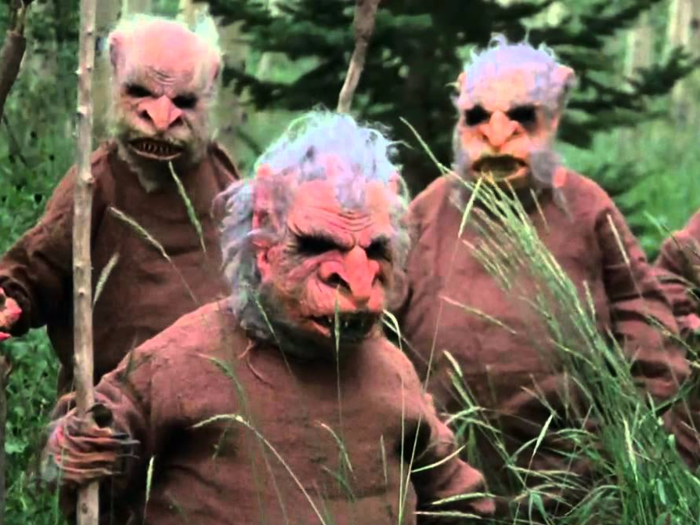
Originally produced under the title "Goblins," this B-horror movie was renamed because US film distributors where skeptical about its chances of success. They attempted to market it as a sequel to the 1986 film "Troll," even though the two films have no connection.
Despite their efforts, "Troll 2" earned horrible reviews, and the public now regards it as one of the worst films ever made. It has a 6% score on Rotten Tomatoes.
But its cult followers love it anyway. The 1990 film's bizarre screenwriting and plot, which features a family pursued by vegetarian goblins, eventually plucked it from obscurity.
"Citizen Kane" (1941)
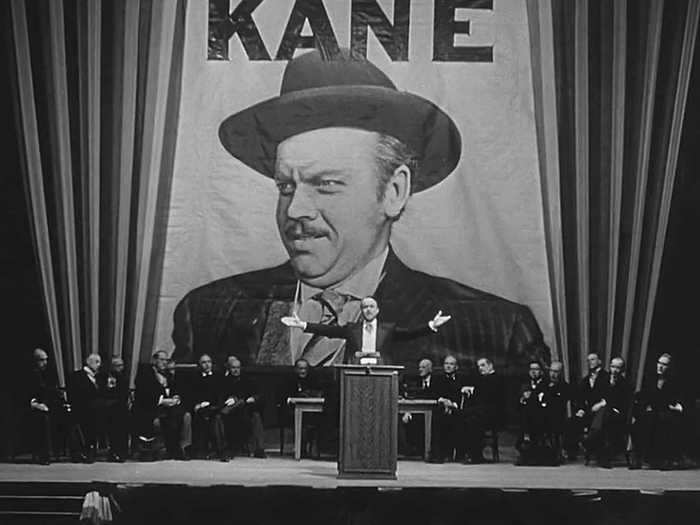
1941's "Citizen Kane" is considered by many to be the greatest film ever made, but it only earned $1.5 million at the box office.
One of the possible reasons why the film did so poorly could be newspaper magnate William Randolph Hearst's hatred of the film.
Hearst (who the film is partially based on) disliked the film so much that he made sure his many newspapers banned any mention of it.
"Vertigo" (1958)
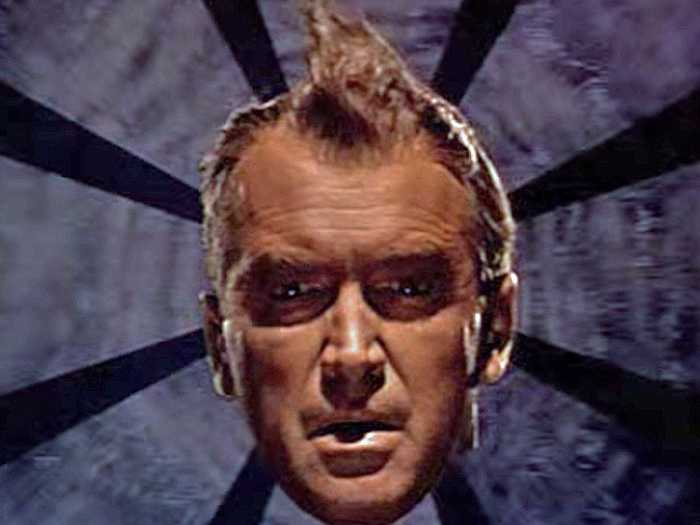
Alfred Hitchcock's "Vertigo" is another film that, while now considered by many to be one of the best in history, failed at the box office.
Though the film made $7.3 million — more than its $2.5 million budget — it was seen as a flop compared to the famed director's prior success with "Psycho,"
It wasn't until the film was later re-evaluated by film historians that it began to be considered as a classic.
"It's a Wonderful Life" (1946)
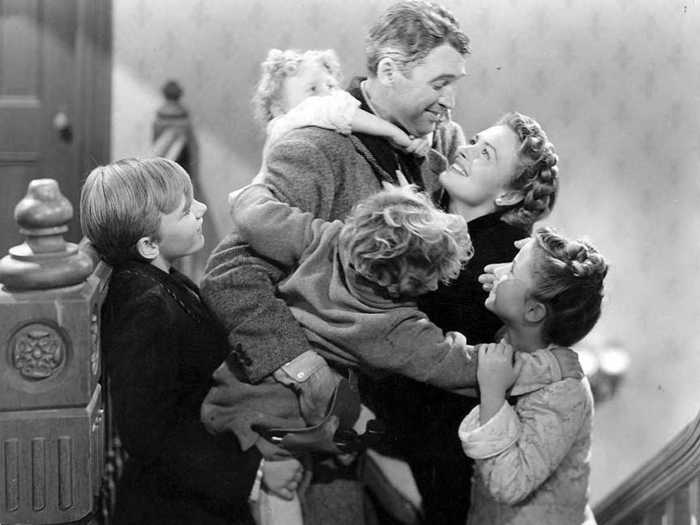
"It's a Wonderful Life" might never have become a Christmas classic if the film hadn't fallen into the public domain.
The 1946 movie starring Jimmy Stewart made barely $3.1 million, bankrupting director Frank Capra's production company.
When the film's copyright expired in 1974, the movie was picked up by TV networks for free and aired during the Christmas season.
The repeated showings helped make it a beloved holiday film, and Republic Pictures secured the rights for the movie back in 1993.
"The Wizard of Oz" (1939)
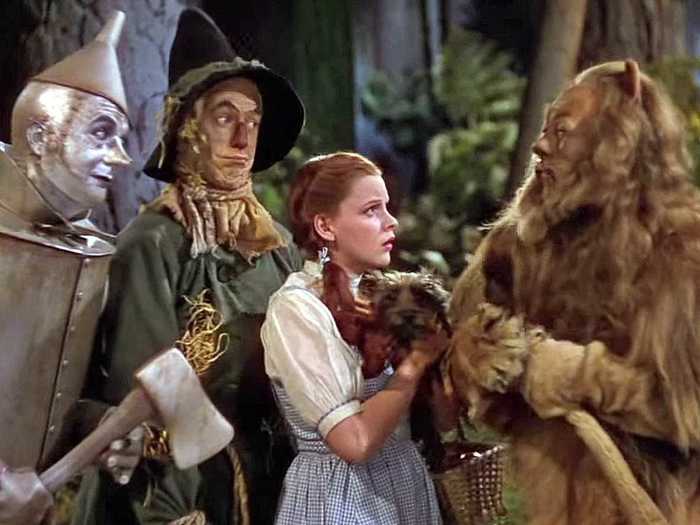
When Dorothy first took her trip down the yellow brick road, most audiences didn't follow.
"The Wizard of Oz" made around $3 million, but considering that it had a very expensive budget for 1939 ($2.7 million), it wasn't seen as a success. The film initially resulted in a $1.1 million loss for MGM.
Re-releases and annual TV broadcasts helped the movie become the favorite it is today.
"The Rocky Horror Picture Show" (1975)

Although it's now a well-known cult classic, "The Rocky Horror Picture Show" was only released in eight cities during its first weekend in 1975. Critics gave it positive reviews, but the film was pulled from theaters due to small audiences.
"Rocky Horror" eventually became a cult phenomenon thanks to New York City's Waverly Theater, which held midnight showings starting in 1976. By mid-1978, it was playing at 50 locations nationwide every weekend.
Today, theaters across the world still have interactive screenings of the 1975 film, usually around Halloween. Fox is expected to premiere a TV revamp special in October 2016.
Film critic Roger Ebert noted that when it was first released, the film was "ignored by pretty much everyone, including the future fanatics who would eventually count the hundreds of times they'd seen it."
Popular Right Now
Popular Keywords
Advertisement